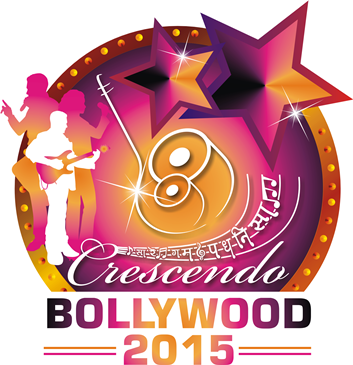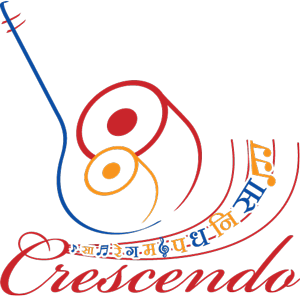Taal (or Beat) is very important in classical music. Some gharanas in indian classical music present a swar pradhan gayaki
(importance to sur) and some present taal pradhan gayaki (importance to taal or beat). Indian Classical Music must have three
instruments along with the vocalist, tambora or taanpura, tabla and harmonium (or peti). In this section we will be looking at
how different compositions are set to different taals.
The taals consists of different number of beats starting from 6 beats going up to 16 (normally). I have seen other taals with
different number of beats but these are most commonly used ones. Before going into the details of the taal I would like to
define certain concepts in taal so that it will be easier for the reader to understand the taal.
Khand : The each interval between the bars is called khand.
Sum (The first beat) : Shown by a cross below the beat.
Khali : Usually the beat in the middle of the taal. Marked by 0 below the beat.
Taali : Starting of each Khand other than Sum and Khaali is shown by Taali. Sum is taken as the first taali.
The next taalis are numbered and shown hence from 2 onwards.
Following are the most commonly used, different types of taals. If the words are grouped toghether, its considered as single beat.
Apart from the taals listed here there are various others like, dhumali, sulfakt, ada chautaal, sool, addha etc.

 |
 |



